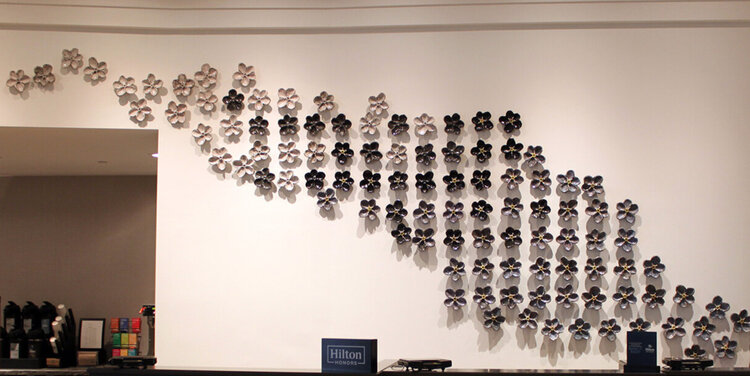We live with the understanding that we and every one we know are temporary. There are millions of moments that add up to the sum of our lives. What we remember may be altered by our perspective shifting as we age or by our forgetting details or entire chunks of time. As a ceramic artist, I explore ideas of our shared humanity through narrative and figurative sculpture. The work poses questions about history, memory and human nature. Through use of the figures and busts arranged to imply relationships or installations of plants with subtle shifting colors, the viewer can puzzle out a story. Using references to classic Roman and Greek sculpture, the pieces can feel older than they are. The floral and avian elements in this work comment on emotional states while also rendering the fleeting quality of nature permanent.
